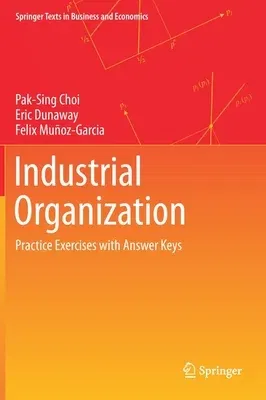This textbook presents 122 exercises on industrial organization with
detailed answer keys. While most textbooks on industrial organization
focus on theory and empirical findings, this textbook offers practical
examples and exercises helping predict firm behaviour in different
industries. The book emphasizes the game-theoretic tools used in each
type of exercise, so students can systematically apply them to other
markets, forms of competition, or information environments where firms,
consumers, and regulating agencies interact.
The book begins with examples that analyse different models of firm
behavior and interaction; starting with monopoly and moving through the
Cournot model of simultaneous quantity competition, the Bertrand model
simultaneous price competition, and sequential competition. The
following chapters apply game-theoretic tools to situations of
increasing complexity: regulation; R&D incentives; mergers and
collusion; bundling incentives; incomplete information, signalling, and
competition; networks and switching costs. In addition to providing
algebraic simplifications, some chapters also offer the unique feature
of worked exercises based on published journal articles by leading
scholars in the field. Finally, exercises are ranked according to their
difficulty, with a letter (A-C) next to the exercise number, which
allows students to pace their studies and instructors to structure their
classes accordingly.
Providing a rigorous, yet practical introduction to the field of
industrial organization, this textbook is appropriate for advanced
undergraduate and graduate students in economics and finance.

